Slide #3
Were there other spaces like it at the time in New York?
Not when it first opened, but similar spaces did open, like The Kitchen, which was more performance based. Once the grants started coming in, there were Allana Heiss’s projects. What she was doing was the closest to the 112 Greene Street model--through her Institute for Art and Urban Resources, she was getting permission to use empty spaces and show the work of a lot of artists. Her sensibility and aesthetics were comparable to 112 Greene Street. She did a landmark show in 1971 called Under the Brooklyn Bridge where she arranged for all these artists to exhibit underneath the Brooklyn Bridge with site-specific works. A lot of the artists, Jene Highstein, for example, would create iterations of work also shown at 112. A version of his Human Scale Container, which appears in this book, was also at the Brooklyn Bridge show, where he actually created the container so that it went from one level of the bridge to another. So a lot of the works in Heiss’s projects were by the same artists who frequented 112. The ideas were connected. Then she, of course, went on to start PS 1 in 1976. Her first show there was Rooms, which she organized when the building had just stopped being used as an elementary school. She invited a bunch of artists to come in and make site-specific works. And again, she created a landmark show, which was accompanied by a beautiful catalogue. [Heiss’s Institute for Art and Urban Resources became the Clocktower Gallery in 1973].
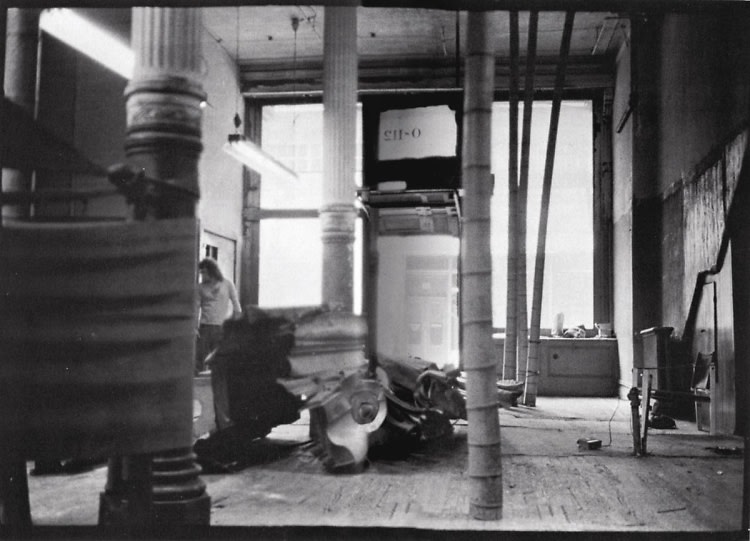 Installation of works by Alan Saret in progress, ca. 1970. Photo by Cosmos [Via]
Can you talk a little bit more about the book?
Like I said, there hasn't been a lot of published material on 112 Greene Street. I wanted to capture the space in the words of the artists who were a daily part of it, and have them tell the story from their own perspectives.
So what exactly is your title? Editor? Writer?
Basically, I did the interviews and wrote the foreword. I worked with the David Zwirner gallery here in New York and we had a great balance in place where I could come to it from my perspective, and with my personal passion for the project, and then Louise Sørensen from the gallery, a wonderful art historian, could come in with a little more detached history. So it's a great balance. I did 19 interviews between June 2010 and January 2011. I arranged them together to create a large conversation-style narrative about the early years of the space. The book offers a detailed account of what was happening there at the time and includes archival photos, some of which have never been published before. I wanted to make it very readable, so anyone can just open it up and be carried away by the conversations and all these recollections.
There isn't a central archive for 112 Greene Street. White Columns has some information, but I had to dig through many boxes and filing cabinets.
Installation of works by Alan Saret in progress, ca. 1970. Photo by Cosmos [Via]
Can you talk a little bit more about the book?
Like I said, there hasn't been a lot of published material on 112 Greene Street. I wanted to capture the space in the words of the artists who were a daily part of it, and have them tell the story from their own perspectives.
So what exactly is your title? Editor? Writer?
Basically, I did the interviews and wrote the foreword. I worked with the David Zwirner gallery here in New York and we had a great balance in place where I could come to it from my perspective, and with my personal passion for the project, and then Louise Sørensen from the gallery, a wonderful art historian, could come in with a little more detached history. So it's a great balance. I did 19 interviews between June 2010 and January 2011. I arranged them together to create a large conversation-style narrative about the early years of the space. The book offers a detailed account of what was happening there at the time and includes archival photos, some of which have never been published before. I wanted to make it very readable, so anyone can just open it up and be carried away by the conversations and all these recollections.
There isn't a central archive for 112 Greene Street. White Columns has some information, but I had to dig through many boxes and filing cabinets.
 Installation of works by Alan Saret in progress, ca. 1970. Photo by Cosmos [Via]
Can you talk a little bit more about the book?
Like I said, there hasn't been a lot of published material on 112 Greene Street. I wanted to capture the space in the words of the artists who were a daily part of it, and have them tell the story from their own perspectives.
So what exactly is your title? Editor? Writer?
Basically, I did the interviews and wrote the foreword. I worked with the David Zwirner gallery here in New York and we had a great balance in place where I could come to it from my perspective, and with my personal passion for the project, and then Louise Sørensen from the gallery, a wonderful art historian, could come in with a little more detached history. So it's a great balance. I did 19 interviews between June 2010 and January 2011. I arranged them together to create a large conversation-style narrative about the early years of the space. The book offers a detailed account of what was happening there at the time and includes archival photos, some of which have never been published before. I wanted to make it very readable, so anyone can just open it up and be carried away by the conversations and all these recollections.
There isn't a central archive for 112 Greene Street. White Columns has some information, but I had to dig through many boxes and filing cabinets.
Installation of works by Alan Saret in progress, ca. 1970. Photo by Cosmos [Via]
Can you talk a little bit more about the book?
Like I said, there hasn't been a lot of published material on 112 Greene Street. I wanted to capture the space in the words of the artists who were a daily part of it, and have them tell the story from their own perspectives.
So what exactly is your title? Editor? Writer?
Basically, I did the interviews and wrote the foreword. I worked with the David Zwirner gallery here in New York and we had a great balance in place where I could come to it from my perspective, and with my personal passion for the project, and then Louise Sørensen from the gallery, a wonderful art historian, could come in with a little more detached history. So it's a great balance. I did 19 interviews between June 2010 and January 2011. I arranged them together to create a large conversation-style narrative about the early years of the space. The book offers a detailed account of what was happening there at the time and includes archival photos, some of which have never been published before. I wanted to make it very readable, so anyone can just open it up and be carried away by the conversations and all these recollections.
There isn't a central archive for 112 Greene Street. White Columns has some information, but I had to dig through many boxes and filing cabinets.
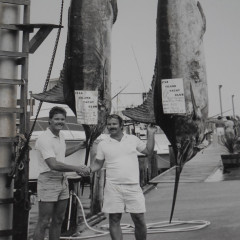
.jpg)
.jpg)
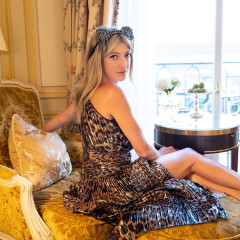
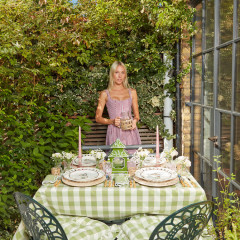
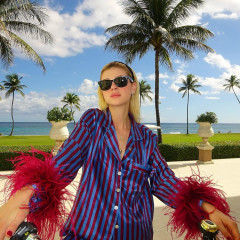
.jpg)
.jpg)
.jpg)
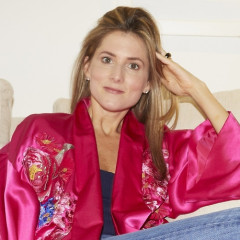
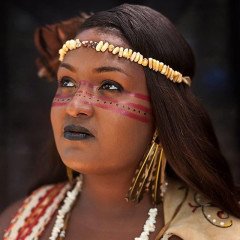

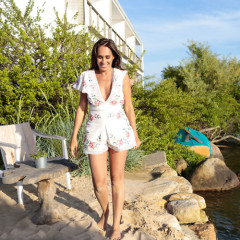
.jpg)